


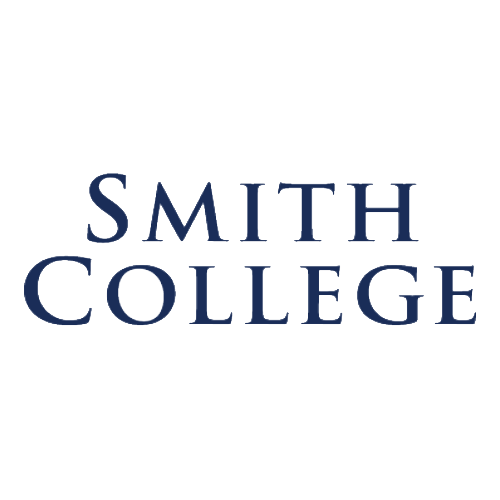


 Official Transcript
Official Transcript .svg) Essay
Essay  1 Recommendation
1 Recommendation  English Test B2
English Test B2  Additional Requirements
Additional Requirements  Online Application From
Online Application From  Application Fee
Application Fee 


Application is closed


The Smith Summer Science and Engineering Program (SSEP) is designed for exceptional high school students with strong interests in science and engineering. Engage in hands-on research with Smith faculty in life and physical sciences and in engineering.
 Non-credit
Non-credit
 Residential
Residential
 Accepts International Students
Accepts International Students
Smith College is among the top-rated liberal arts colleges in the United States and one of the nation’s largest colleges dedicated to educating women. In 1999, Smith became the first women’s college in the nation to establish its own program in engineering science, the Picker Engineering Program.
SSEP research courses emphasize asking questions and learning by doing, not only by listening and watching. Students choose two-week research courses; in these, groups of up to 17 students work alongside Smith faculty members, assisted by undergraduate interns. Informal lectures in the lab and out in the field encourage students to ask research questions, and they learn to conduct actual experiments.
Most of the work is carried out as a cooperative team effort, with ample opportunities for individual contributions. SSEP participants learn how scientists and engineers formulate questions, work on sophisticated scientific instruments and develop valuable critical thinking and analytical skills.
On-campus, residential
Established in 1990, the program annually serves more than 100 students. Since its inception, nearly 1,800 students have participated, representing 46 states and 53 countries. After the program, participants return to high school better prepared to tackle tough science courses and understand what to expect in college.
When applying to Smith Precollege, you are applying to the program, not a specific course. In late Spring we will send a course selection form. Please have more than one desired course in mind when applying to our program.
Courses
First Session
The Chemistry of Herbal Medicine: A Complex Molecular Story
A large portion of the world's population has a rich tradition of relying on plants for their medicinal properties. There is also a surging interest in integrating alternative medicine into contemporary western medical practice. Along with this interest, there is a growing realization in the scientific community that we need to better understand the safety and efficacy of these herbal medicines. In this course, we will start with plant material and go through the process of extracting and analyzing the compounds found in some commonly used herbal preparations. This course will also look at examples in the peer-reviewed literature to understand how these compounds alter the biochemistry of the human body and their impacts on human health. In addition to the analytical instruments and resources available in the Chemistry department for analyzing these samples, the students taking the course are also exposed to additional resources on the Smith campus, including the Mortimer Rare Book Room for historical material on the use of herbal medicine and the Botanic Gardens, which will provide some of the medicinal plants used in the experiments.
There are no prerequisites for this course. The course is designed as an introductory experience for students who have an interest in both chemistry and biology. The students will be introduced to ideas in chemistry and biology in an interdisciplinary setting so that they can build connections between the two disciplines.
Designing Intelligent Robots
This course is a hands-on introduction to robot design and programming. Student teams will receive a kit containing a microprocessor controller, a set of motors and sensors, and various Lego building parts and tools. They will learn how to connect the components and program the controller to make a robot that can move autonomously and intelligently in its environment. For instance, with appropriate programming the robot can avoid obstacles, seek out light, make decisions for changing its behavior based on sensory input, or respond to messages communicated by other robots. Students will perform a variety of activities: building simple robots to accomplish specific tasks, programming in a PC lab, creating their own final robot project, and testing and redesigning to optimize their robot performance. They will also learn HTML and use it to create their own web pages, which will serve as a record of their progress in the course.
Unlike many courses in robotics where the task is to build a robot that performs a specific function (for example pushing ping-pong balls or battling with another robot), in this course students use their own creativity to design robots that do whatever they want. There is lots of trial and error problem-solving in both computer programming and building the robots.
Global Young Women’s Health
Open to students who are rising 10th graders and older
Globally, adolescent girls face an array of health-related challenges in their daily lives, and this course empowers young women to explore them. Lack of gender equity, including the right to an education and access to health care, places millions of girls in poor and developing countries at increased risk for poor health and preventable deaths. Through individual and group activities, this course provides opportunities to learn about many of these issues, including health disparities in the United States, child brides in Asia, obstetric fistula in Africa, maternal deaths in India, and violence against women globally. Course activities include research, discussion, and presentations. Participants investigate essential young women’s health. These topics are considered within the contexts of current research in biology and medicine, and today's multicultural society. Global Young Women’s Health is an emotionally intense and rewarding course that builds individual and group knowledge and awareness.
Understanding and Conserving Plant Biodiversity
In this two-week course we will explore the diversity of plants and their amazing ecological interactions with other organisms, from animal pollinators and plant consumers, to below-ground partners like fungi and bacteria. The course will emphasize hands-on experience with observing, dissecting and sketching representative plant species, from mosses and ferns to flowering orchids and cacti. We will visit the amazing Smith College Botanic Garden for inspiration and to collect material for dissections and exploration, including work with microscopes to observe fine-scale plant structures and adaptations. Field trips to plant communities around the Smith College campus, the college’s MacLeish Field Station and other natural areas will augment our considerations of plant biodiversity at local and global scales, from local wetlands to distant tropical rainforests. They will provide context for our consideration of the threats that plant biodiversity faces in the 21st century, from habitat destruction, invasive species and climate change. The course will also introduce approaches to the scientific study of plant ecological relationships with other organisms. We will gain experience with formulating hypotheses, designing ecological experiments and surveys, and collecting and analyzing data on plants and their many fascinating ecological interactions. This course will be of interest to students who want to study ecology, conservation, evolutionary biology, botany and landscape studies.
Where the Body Meets the Mind
Where the Body Meets the Mind is an exploration of the ways exercise, sport and physical activity are influential to, and influenced by, the mind. This course utilizes exercise science, sport psychology, sociology and students’ own experiences to better understand how movement and the mind are intertwined in physical activity and performance. Students will learn about how the body responds to exercise, training for performance and how concepts like sensation seeking, biofeedback and motivation play a role in exercise and sport. This course is experiential and will require students to participate in light physical activity. It will be of particular interest to students who wish to explore careers in medicine, physical therapy, coaching and mental health.
Novel Bacteriophage Discovery
Bacteriophages (or phages) are viruses that infect bacteria. It is estimated that there are 1031 phages on Earth, but fewer than 3,000 phage genomes have been sequenced to date. Scientists believe that characterizing the functions of these yet-to-be-discovered viral genes will lead to important advances in biotechnology and medicine. This laboratory course is designed to involve each student in an authentic research experience: the discovery of novel phages! Students will experience the scientific process firsthand by designing an experiment, analyzing and interpreting data, and communicating results. In the laboratory, we will first isolate, purify and amplify new phages from environmental samples by using a specific bacterial host. Then, we will use electron microscopy to determine the sizes and shapes of these phages. Finally, we will perform additional molecular biology techniques (such as DNA isolation, restriction enzyme digestion, and gel electrophoresis) to analyze their genomes. This course will be of interest to students who want to study cell biology, molecular biology, genetics, biotechnology or medicine.
This course is open to students who have completed at least one year of high school biology.
Second Session
Making Connections: An Investigation of the Nervous System
Through studies of the nervous system, neuroscientists explore how we sense, feel, think, and move. Students in this course will learn about how neurons (cells of the nervous system) communicate through a fascinating array of mechanisms and networks to generate complex human behaviors. Using sophisticated microscopes, we will examine the cells of the nervous system and the neuroanatomy of the brain. Through experiments in the laboratory, including dissection of tadpole, zebrafish, and sheep brains, we will explore how neurons function at multiple levels: molecular, cellular, and in living organisms such as ourselves. We will use live zebrafish larvae as a model organism to assess the toxic effects of substances such as ethanol on brain development. With some simple (and painless) techniques, we will even measure nerve conduction in our own bodies and brains.
Water Matters: Threats to Our Planet’s Aquatic Environments
In this two-week course, we will explore one of Earth’s most unique features: water. Covering approximately 70% of the planet’s surface, liquid water is essential for supporting life. Despite its importance, human activities such as pollution and climate change have dramatically altered the cycling, quality, and availability of water. In this course, we will take a deep dive into some of the issues facing water resources today. Students will gain hands-on experience in both the lab and the field, exploring different aquatic habitats in the region. Through inquiry-driven learning, we will walk through all aspects of the scientific method. In the second week of the course, students will design their own experiments to collect, analyze, and interpret data and apply them to real-world scenarios. Students will leave this course with not only a stronger understanding of the analytical techniques used to assess water quality, but also a greater understanding of Earth’s water resources more broadly.
This course will be of interest to a wide range of students who are considering careers in disciplines that intersect the environment, as well as students interested in field-based research. These include marine sciences/biology, environmental studies, engineering, environmental policy/management, and analytical/green chemistry.
Your Genes, Your Chromosomes: A Laboratory in Human Genetics
Human genetics has fascinated us for centuries—beginning with the basic question of why we look like our ancestors and continuing to recent advances in medical and courtroom analyses. In this course, students gain experience with a variety of classical and modern techniques used in human genetic analysis. Students spend most of their time in the research laboratory, where they are the subjects of the experiments themselves! First, participants' blood samples are collected (with a simple finger poke) for a variety of analyses, such as determining their own blood types & calculating the frequencies of blood-type alleles in their class as well as photographing their own chromosomes & sorting them into a karyotype. Students also construct part of their own DNA fingerprints using multiplex PCR and analyze portions of their mitochondrial genomes. Time between experiments is spent working on genetic problem sets, which review the following topics: basic patterns of inheritance, probability, pedigree analysis, and population genetics. Visiting speakers in this course include a genetic counselor and a DNA crime scene analyst.
This course is open to students who have completed at least one year of high school biology.
Big Data and Social Media: The Manipulation Game
Are you curious about the ways big data and social media impact our daily lives? From tailoring your entertainment experience on platforms like Spotify or Netflix, to using insights to predict crime hotspots, big data is everywhere. But what about the ethical concerns surrounding its collection and use? This course delves into the evolution of big data and its various applications, with a specific focus on understanding the impact of social media on the brain. You will not only learn about the concerns surrounding its use, the potential for big data to predict patterns and trends, and specific examples of how it is used in entertainment, safety, and social media, but also get hands-on experience through computer programming in Python. You will work on projects, conduct research, and participate in discussions, written pieces, posters, and verbal presentations. With an emphasis on active learning and practical application, students will gain an understanding of where data comes from, how to analyze and interpret large data sets with Python, and the ethical concerns surrounding its collection and use.
This course is an ideal choice for those interested in careers related to computer science, data science, neuroscience, psychology, mental health and cyber-security. No prior coding experience is necessary.
Microcontrollers and You: An Introduction to Arduino
Microcontrollers are essential to our modern life. From nightlights to spaceships, these little electronic chips are everywhere. Have you ever wanted to know how a remote control works, or how a dishwasher knows when to change cycles? Have you ever wanted to design your own electronic device? If so, then this class is for you! In this class we will explore the basics of circuit design and computer programming using the popular Arduino platform. Some topics that will be covered are: electrical components, basic electrical circuits, hardware systems, programming and device design. You will design and build your own final project that will put the mighty microcontroller to work for you.
Exploring the Geologic Landscape
Rocks tell stories about the processes that happened on Earth millions of years ago, and they shape the landscapes that we see today. During this 2-week course, we will explore rocks and landscapes to see what minerals, rock types, rock textures and fossils tell us about an important period in Earth history: the formation and break-up of the supercontinent, Pangaea. We will look for evidence of volcanic activity, Himalayan-sized mountains, and dinosaurs that lived in western Massachusetts 200 million years ago. Students will go on field trips to examine rocks not far from Smith and collect data to make a geologic map of the area. We will use advanced microscopes and techniques to closely examine rock samples to see what minerals and textures reveal about past Earth environments. We will look at modern-day geologic processes to help understand the distant past. Importantly, students will practice geologic problem solving, from forming hypotheses to making interpretations based on field and lab observations and measurements. Students should feel comfortable going on walks, sometimes on uneven terrain. Most walks will be less than a mile, but there may be an opportunity for a longer geology hike depending on class interest. This course will interest students who are curious about the Earth and who wish to see their surroundings in a different way. No prior geology experience is needed.
For young women, female-identified or gender-nonconforming students who will be entering grades 9, 10, 11 or 12 in fall 2023.
Some courses are open to students who are rising 10th graders and older.
 Official Transcript
Official Transcript
.svg) Essay
Essay
 1 Recommendation
1 Recommendation
 English Test B2
English Test B2
 Additional Requirements
Additional Requirements
 Online Application From
Online Application From
 Application Fee
Application Fee
1. Personal Essay (500-word maximum):
Please respond to ONE question as your essay prompt.
1. Tell us about the experience, event, book, movie, person, place, etc. that initially sparked your interest in science. What was it about this event, person, etc. that inspired you?
2. Tell us why you want to attend an intensive program in your chosen field at Smith College?
There will be a prompt for you to upload a PDF or Word document to the application.
2. High School Transcript
Transcripts may be uploaded to your application. One full year of grades needs to be received. Alternatively, your school may email the transcript to our office.
3. Letter of Recommendation
All applicants must submit one academic recommendation from a teacher. There is a section in the application to provide your recommender's name and email contact.
4. International Student Documentation
International students are welcome to apply to any of our program offerings. International applicants may need to submit their English proficiency test scores. Test scores should be sent to Smith College.
International students should be aware that participation in Smith Precollege Programs does not constitute the basis for securing a student visa (F1). Students in the program should be able to obtain a Visitor (B) visa. If you will need to obtain a Visa, please be aware of your embassy/consulate Visa Appointment Wait Time.
5. Financial Aid Form (only if applying for financial aid)
Students applying for aid will need to have their family income and financial details on hand. You will also need to upload a copy of your tax return from 2021 or 2022 (typically the first two pages of the 1040 are sufficient). If taxes were not filed then an end-of-year wage statement (W-2) may be submitted.
6. Application Fee
The payment link is provided after you submit your application (Mastercard or Visa are accepted). The fee is nonrefundable.
Deadline
December 15, 2022
2023 Program Application Opens
Application reviews start after January 3 and then are done on a rolling basis until programs are filled.
February 5, 2023
Priority Application Deadline
Complete an application by February 5 to be considered a priority applicant. All applicants will hear back by February 17.
March 5, 2023
Financial Aid Deadline
Apply by the date if you are submitting a financial aid application. All applicants who are applying for financial aid will hear back by March 24.
April 16, 2023
Application Fee Increases
The $50 application fee increases to $100.
May 15, 2023 Final Program Payments Are Due
Last day to apply.
Once all completed application materials are received, students are notified within 14 days of their acceptance status.
Admission is determined on a rolling basis. Students are encouraged to submit a completed application as soon as possible.
 Jul 09 - Jul 22
Jul 09 - Jul 22
 2 weeks
2 weeks
 Jul 23 - Aug 05
Jul 23 - Aug 05
 2 weeks
2 weeks
 Jul 09 - Aug 05
Jul 09 - Aug 05
 4 weeks
4 weeks
Tuition:
per session (2 weeks): $4,630
both sessions (4 weeks): $7,885
Deposit:
per session (2 weeks): $925
both sessions (4 weeks): $1,575
Deposit due within two weeks of acceptance.
The $50 application fee increases to $100 April 16, 2023.
Financial Aid
Smith Precollege Summer Programs financial aid is available to a limited number of participants and is awarded on the basis of demonstrated financial need and eligibility for the program. To be considered for financial aid, you must complete the financial aid section on the application and upload tax documentation.




 Official Transcript
Official Transcript
.svg) Essay
Essay
 1 Recommendation
1 Recommendation
 English Test B2
English Test B2
 Additional Requirements
Additional Requirements
 Online Application From
Online Application From
 Application Fee
Application Fee



Application is closed

Useful Resources
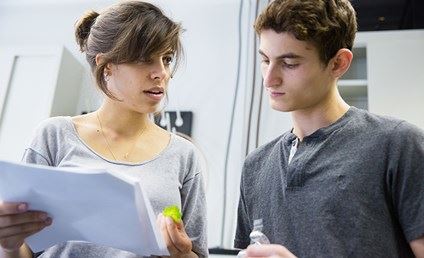





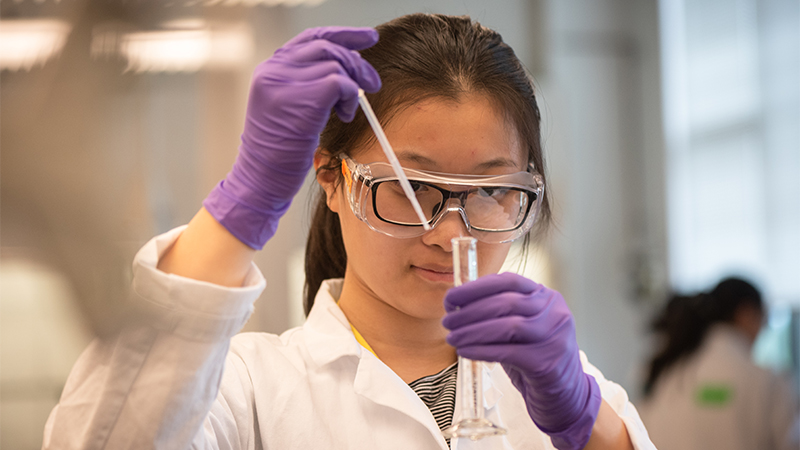
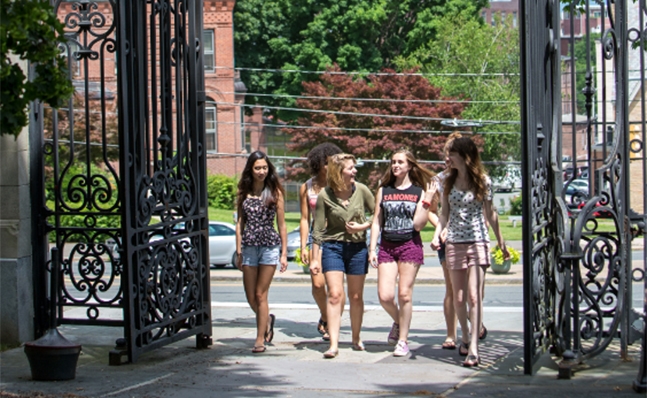

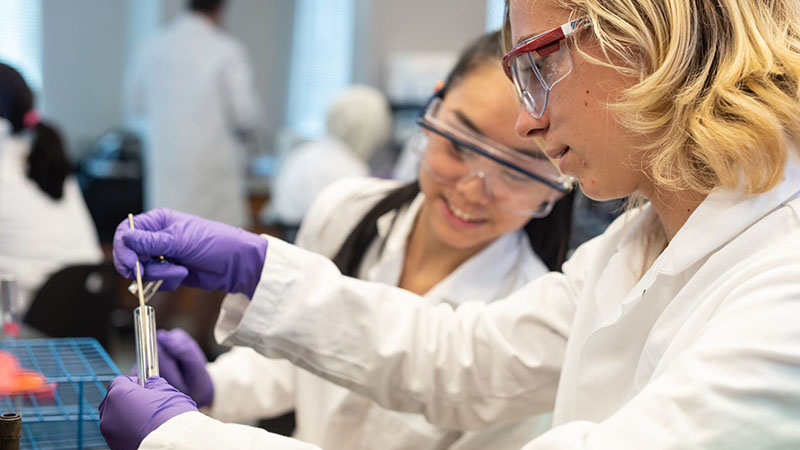
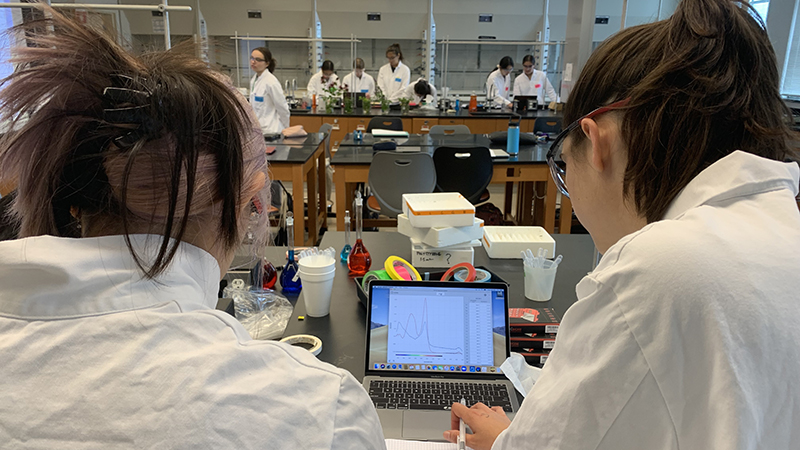





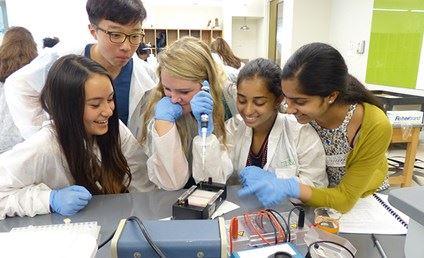

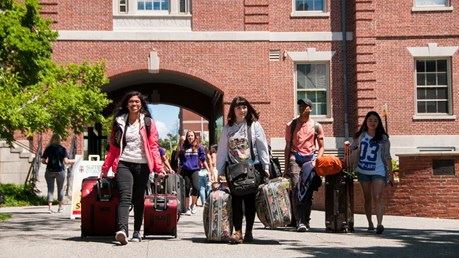

Tell us your
opinion about us